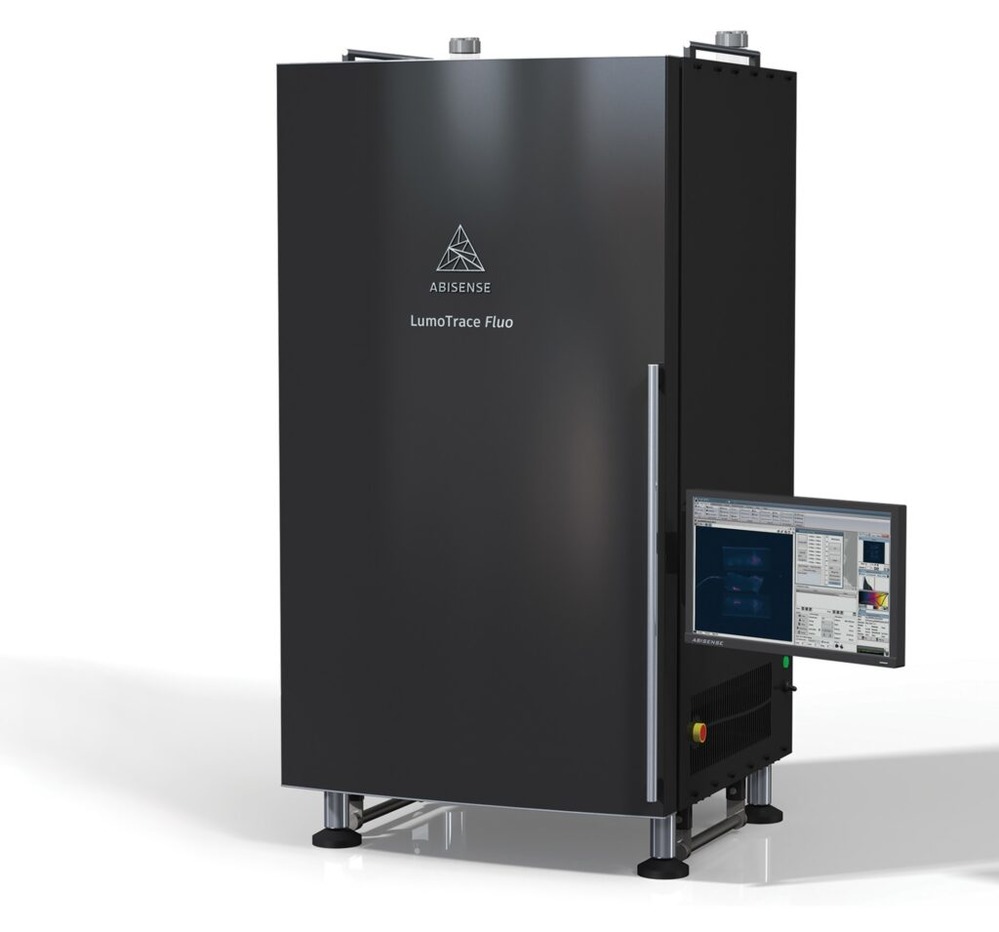Catalog
Search
78 products
View:
- Selected: 0Areas of use
- Selected: 0Item names
- Selected: 0Manufacturer
- Selected: 0Made in
- Selected: 1Additional
View:
78 products
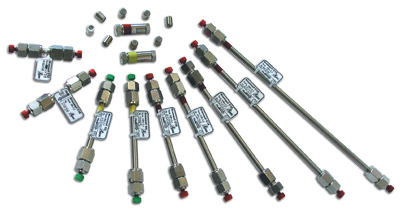
Chromatographic columns for HPLC
1 supp.
Variants of execution: - silica gel with grafted octadecyl groups (C18, RP, ODS) - for the variant of reversed-phase HPLC (OF HPLC);
- unmodified silica gel (SIL) – for normal-phase HPLC (NF HPLC).
Lumeks
Saint Petersburg
Produced in: Saint Petersburg
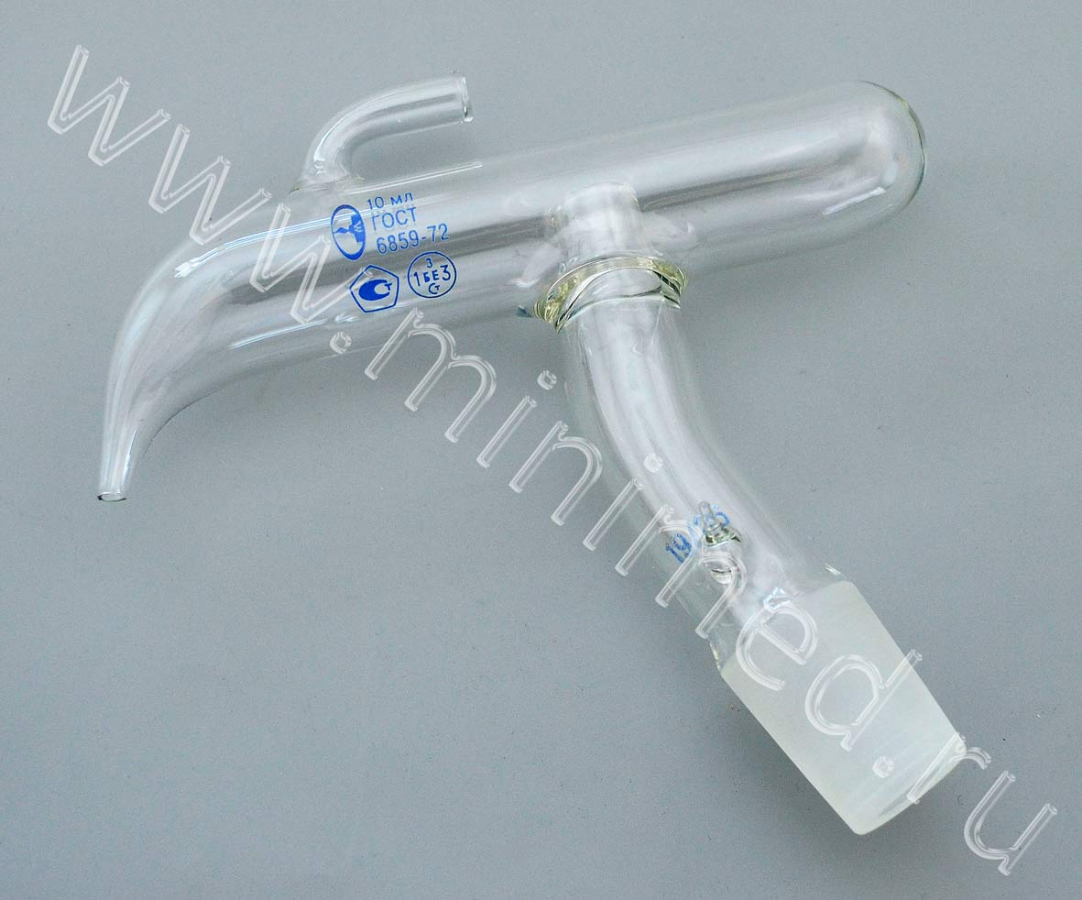
Dispenser to the device for measuring sulfuric acid
from
1 950 ₽
It is used for safe drip dosing of acids. It has a slot for a sealed connection with a container with acid. Types:10-19/26
MiniMed
Suponevo
Produced in: Bryansk region
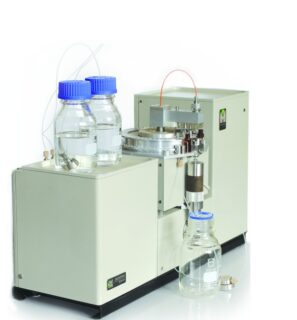
Chromatograph Milichrome A-02
Overall dimensions: 550x230x350 mm
Weight (without computer): ~17 kg
Power consumption: up to 200 watts
Warranty service : 1 year
Detector
Two-beam spectrophotometer
Spectral range – 190-360 nm
Simultaneous detection at 1-8 wavelengths
Cell volume – 1.2 µl
Noise <0.0001 E.O.P. at 250 nm
Drift <0.00005 E.O.P./hour at 250 nm
Column
Ø2x75 mm stainless steel
The efficiency of the column is up to 6000 theoretical plates
Thermostat
Solid-state electric
Set temperature from 35 to 90°C
The discreteness of the temperature setting is 1 °C
Temperature control error ±0.3°C
Pump
Two-pronged, gradient
The feed rate is from 5 to 1000 µl/min, the
maximum pressure is 70 atm
. The gradient is formed from 1 to 20 linear sections
Automatic doser
Automatic, programmable
Number of test tubes – 46
The number of analyses in the series is from 1 to 200
The dosed volume is from 1 to 99 µl
Test tubes made of glass with a volume of 200 µl
Polyethylene tube stoppers
Software
OS: Windows® XP/7/10
Milichrome A-02™, Multichrome™, Alphachrome, Alphaspectrum
EkoNova
Novosibirsk
Produced in: Novosibirsk
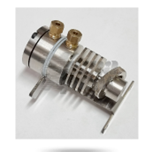
LIQUEFIED GAS METERING VALVE
The metering valve for the analysis of liquefied gas (KDSG) is designed for the introduction of liquefied gas or other liquid under excessive pressure into the evaporator of the chromatograph. KDSG is a 4-way crane, in which a dose of a certain volume is installed. The tap is installed on the evaporator of the chromatograph. A dose of any volume can be installed on the tap. Dose change can be performed by the operator. The amount of the dose volume is indicated on the tag.
Technical specifications
The dose volume is from 0.25 to 4.0 µl (at the request of the consumer, the dose volume can be increased up to 10 µl).
The tap temperature is no more than 150 °C.
The pressure in the crane line is not more than 0.48 MPa.
The angle of rotation of the crane handle is 90 °C.
NPF "META-KHROM"
Yoshkar-Ola
Produced in: Yoshkar-Ola, Mari El
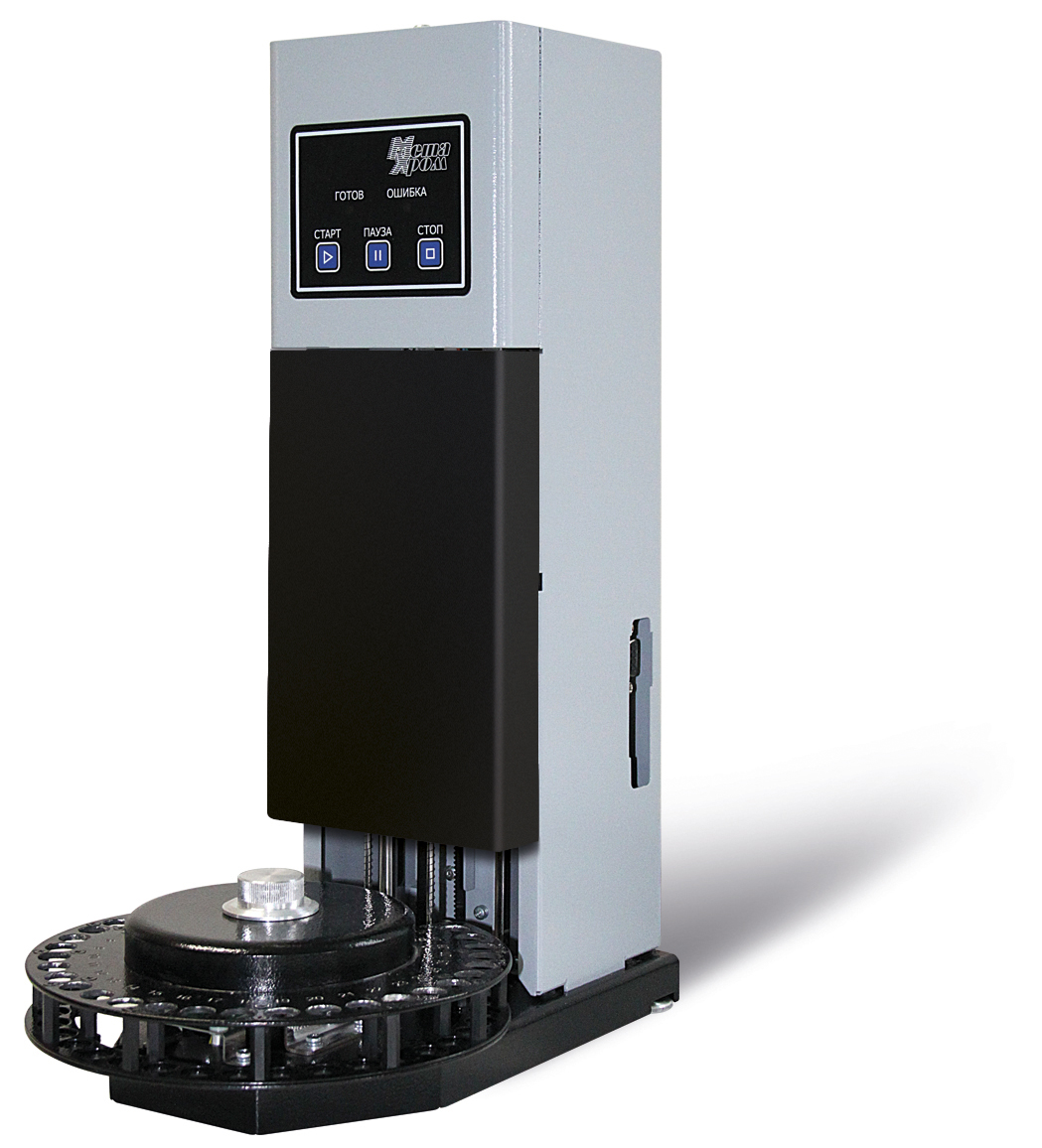
DISPENSER "EVEN 4000"
The dispenser "DAZH 4000" is designed for automatic insertion of liquid samples into the evaporator of the gas chromatograph, provides: control from the software, setting variable parameters of algorithms for washing and sample entry, storing the operating parameters of the dispenser in the method.
Technical characteristics:
The number of vials in the carousel, pcs
up to 30
The volume of installed vials, ml
0.1-2ml
Number of injections from one vial
1-99
Replaceable syringes in volume, ml
10, 100, 250, 500
The volume of the injected sample, ml :
from 0.01 to 500
The discreteness of setting the sample volume, µl:
from 0.01 to 1
Sampling and insertion rate, µl/s:
from 0.01 to 5000
The speed of needle insertion into the evaporator, discret
3
Immersion depth in the vial and evaporator, variable up to the length of the syringe needle, mm
1 – 99
The discreteness of the dive depth setting, mm
0,1
The number of pumping during sampling
0-15
Number of solvent washes
0-15
Needle exposure time in the evaporator, sec
0-99
The discreteness of setting the needle shutter speed, sec
1,0
Sample input modes
Simple insertion, Sandwich, Solvent sandwich, Sandwich with internal standard
Flushing mode
From the vial
Supply voltage, V (frequency, Hz)
220 (50)
Power consumption, W
154
Weight, kg, no more
2,9
Overall dimensions, mm
175x270x420
Communication with the computer
Ethernet
NPF "META-KHROM"
Yoshkar-Ola
Produced in: Yoshkar-Ola, Mari El
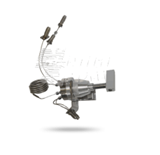
METERING VALVE FOR GAS SAMPLES
The metering valve for the introduction of gas samples is designed for the introduction of gas under excessive pressure into the chromatograph. Cranes differ in the number of moves (4, 6, 8, 10, 12) and have two provisions "Selection" — "Analysis". In addition to dosing, cranes can be used to switch chromatographic columns, elements of gas circuits, etc. The tap can be installed either on the side panel of the chromatograph, or directly into the analytical module instead of, or together with the evaporator of the chromatograph, while it is used as a back-purge tap or for hot sample entry. Additionally, the tap for hot entry can be equipped with heated pipelines.
technical specifications
The dose volume is from 0.25 to 5.0 ml (at the request of the consumer, the dose volume can be increased to 10 ml and reduced to 0.1 ml).
The maximum temperature of the tap is no more than 160 °C.
The pressure in the crane line is not more than 0.48 MPa.
The angle of rotation of the crane handle — depending on the number of strokes.
NPF "META-KHROM"
Yoshkar-Ola
Produced in: Yoshkar-Ola, Mari El
